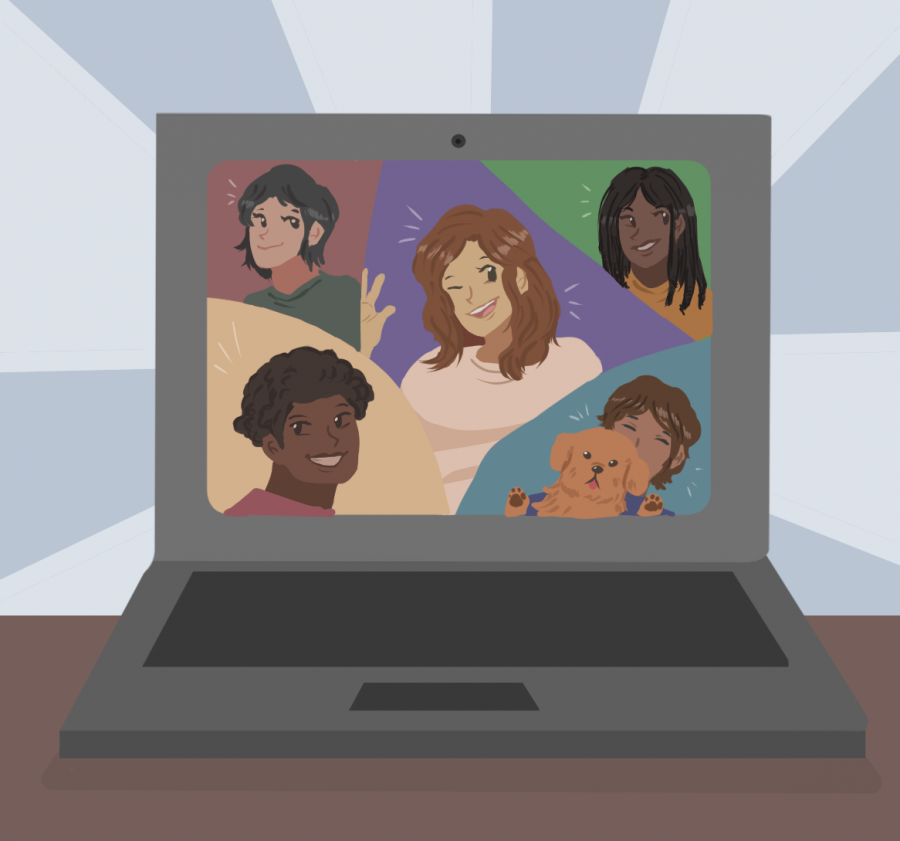Learning from a Distance
Special Education’s Response to the Pandemic
March 8, 2021
Do you remember walking (or possibly running) on West’s campus to your first period class? Your days were full of classwork and daily instructions from teachers squeaking their Expo markers against the whiteboard. Lunch time was full of laughs, drama and homework cramming. Ah, high school.
Although that’s a rather brief explanation of how school was like, it doesn’t stop us from missing the little things. Much like all programs at West, the Special Education program is definitely missing the ‘Pack.
“The hardest thing about distance learning is checking to see if students are comprehending,” Special Education (SPED) teacher Lindsay MacLeod said. “There’s only so much we can hear and see.” Trying to help students from a computer screen is far from in-school learning. It also creates a lack of communication in which SPED teacher Bryan Cicero explains, “Communication has been the hardest with distance learning. Parents feel like there’s not a lot of communication.” Before the pandemic, Cicero would meet with parents for over an hour and a half after school.
Although struggles have definitely progressed from the Microsoft Teams platform, there have been some positive outcomes to distance learning. “Teachers have been very supportive [to Special Education teachers],” Cicero said.
MacLeod added, “I have been leaning on teachers because we can’t teach in isolation. Collaboration is key for teachers.” Some General Education teachers who have helped SPED teachers are Ms. Claire Libeu, Ms. Joyce Shade, Ms. Teresa James, Ms. Lyudmyla Krasnova and Mr. Scott Whetstone.
As teachers become vaccinated, many hope this will allow for school to return to a new type of normal. “We want to do it safely,” Cicero says. “We can’t rush into it.” MacLeod also added there’s so much “I don’t know” and safety being key for both students and teachers.

